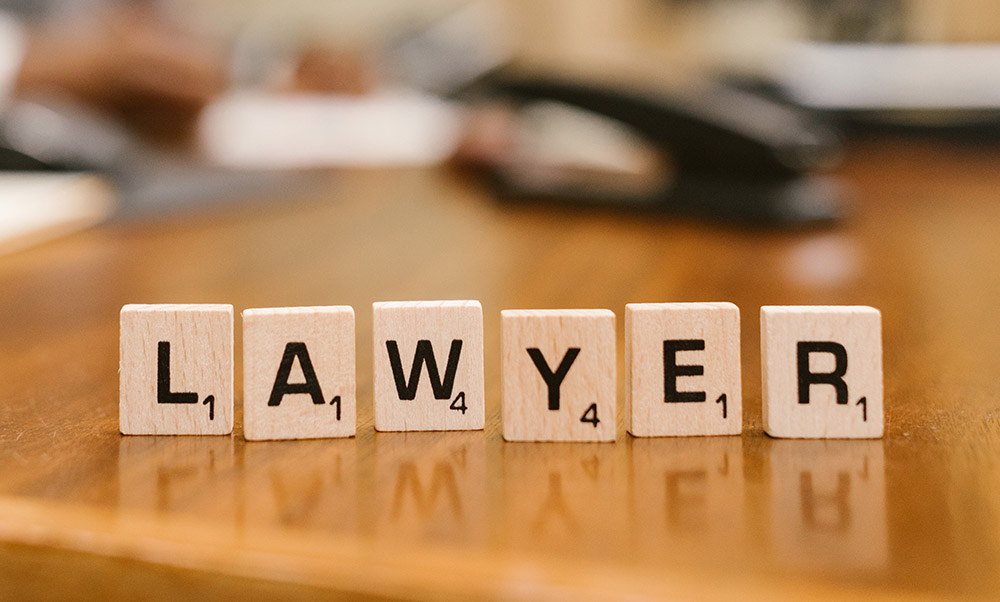
Prohibition Writ
The Prohibition writ is a legal remedy used to prevent a lower court, tribunal, or any judicial or quasi-judicial body from exceeding its jurisdiction or acting improperly. The term “Prohibition” signifies the act of prohibiting or restraining. Let’s delve into the details of the Prohibition writ:
1. Purpose of Prohibition:
The primary purpose of the Prohibition writ is to ensure that lower courts or tribunals stay within their authorized jurisdiction and do not exceed their legal powers. It aims to prevent any irregularities or violations of the law in the judicial process.
2. Jurisdiction:
The Prohibition writ can be filed in the High Court or the Supreme Court of India. These higher courts have the power to issue the writ and prohibit the lower courts or tribunals from proceeding further in a particular matter. The appropriate court would depend on factors such as the nature of the case and the jurisdiction of the courts.
3. Availability of the Writ:
The Prohibition writ can be filed by any person who has a legal interest in preventing the lower court or tribunal from exceeding its jurisdiction or acting improperly. The petitioner must establish that the lower court or tribunal is attempting to exercise authority beyond what is legally permissible.
4. Grounds for Filing:
To file a Prohibition writ, the petitioner must demonstrate the following grounds:
a. Jurisdictional Excess: The petitioner must show that the lower court or tribunal is acting beyond its authorized jurisdiction. This could include taking up a matter that is outside its purview or making decisions on issues it does not have the authority to address.
b. Legal Error: The petitioner must establish that the lower court or tribunal has committed a legal error in its proceedings. This could involve misinterpretation or misapplication of the law, or failure to follow procedural requirements.
c. Violation of Principles of Natural Justice: The petitioner must allege that the lower court or tribunal has violated the principles of natural justice during the proceedings. This could include denial of a fair hearing, bias or prejudice, or failure to provide an opportunity to present arguments and evidence.
5. Procedure and Court Proceedings:
When a Prohibition petition is filed, the court examines the allegations made by the petitioner and evaluates whether there are grounds for issuing the writ. The court may undertake the following steps:
a. Notice to the Respondent: The court issues a notice to the lower court, tribunal, or authority whose actions are being challenged, informing them about the filing of the petition and seeking their response.
b. Submission of Affidavits: The petitioner and the respondent may submit affidavits, which are sworn statements providing their respective versions of the facts and arguments.
c. Review of the Proceedings: The court reviews the proceedings of the lower court or tribunal, including the relevant orders, documents, and evidence, to determine if there has been a jurisdictional excess or other violations of the law.
d. Legal Arguments and Hearing: Both parties present their arguments before the court, supporting their respective positions. The court examines the arguments, relevant laws, and any supporting evidence.
e. Decision and Order: Based on the facts, legal arguments, and applicable laws, the court makes a decision regarding the issuance of the Prohibition writ. If the court finds that the lower court or tribunal has exceeded its jurisdiction or acted improperly, it may issue the writ, thereby restraining the lower court or tribunal from proceeding further in the matter.
The Prohibition writ serves as a vital tool to maintain the integrity of the judicial system and ensure that lower courts or tribunals exercise their powers within the limits prescribed by law. It safeguards against jurisdictional excesses and irregularities, thereby upholding the principles of justice and fairness.
